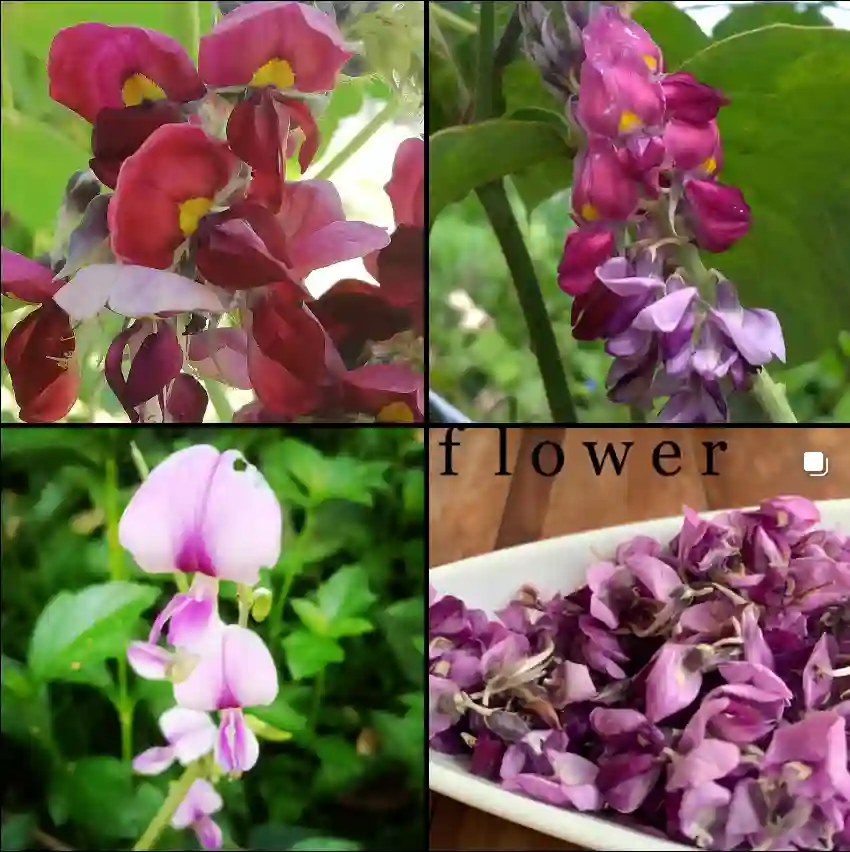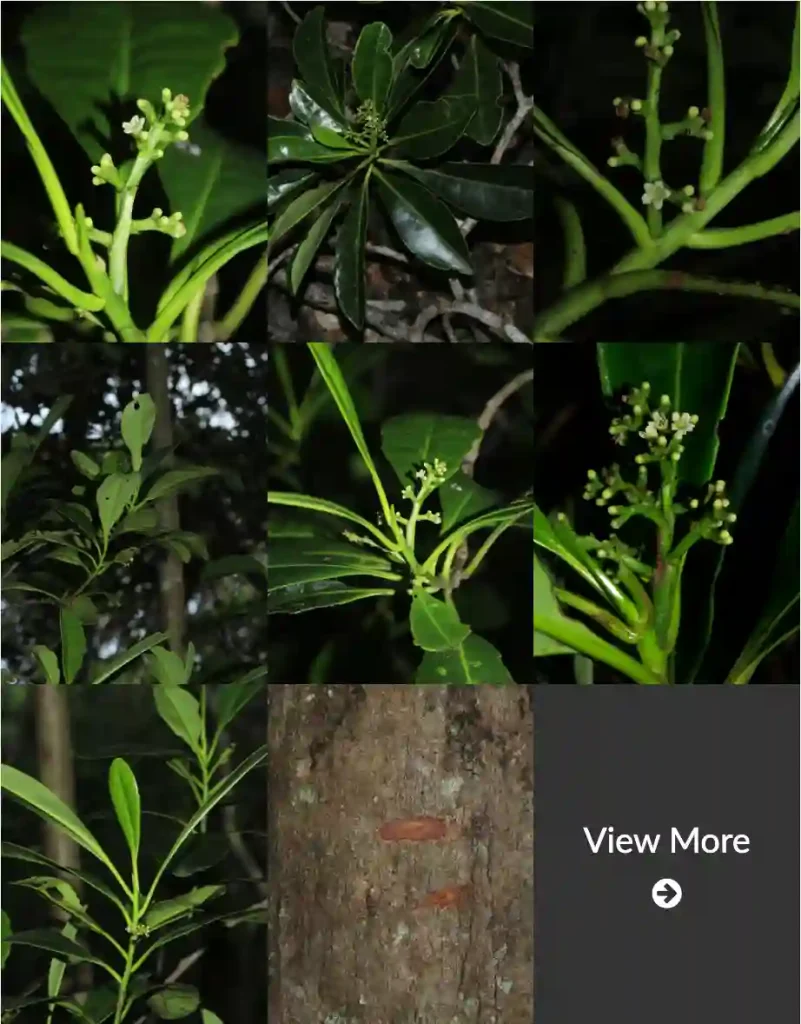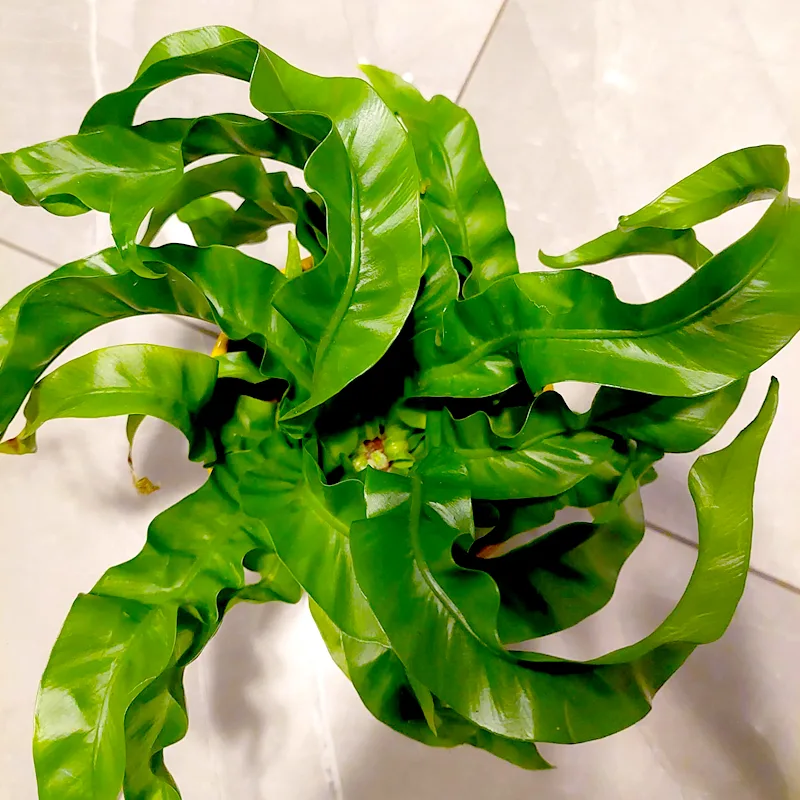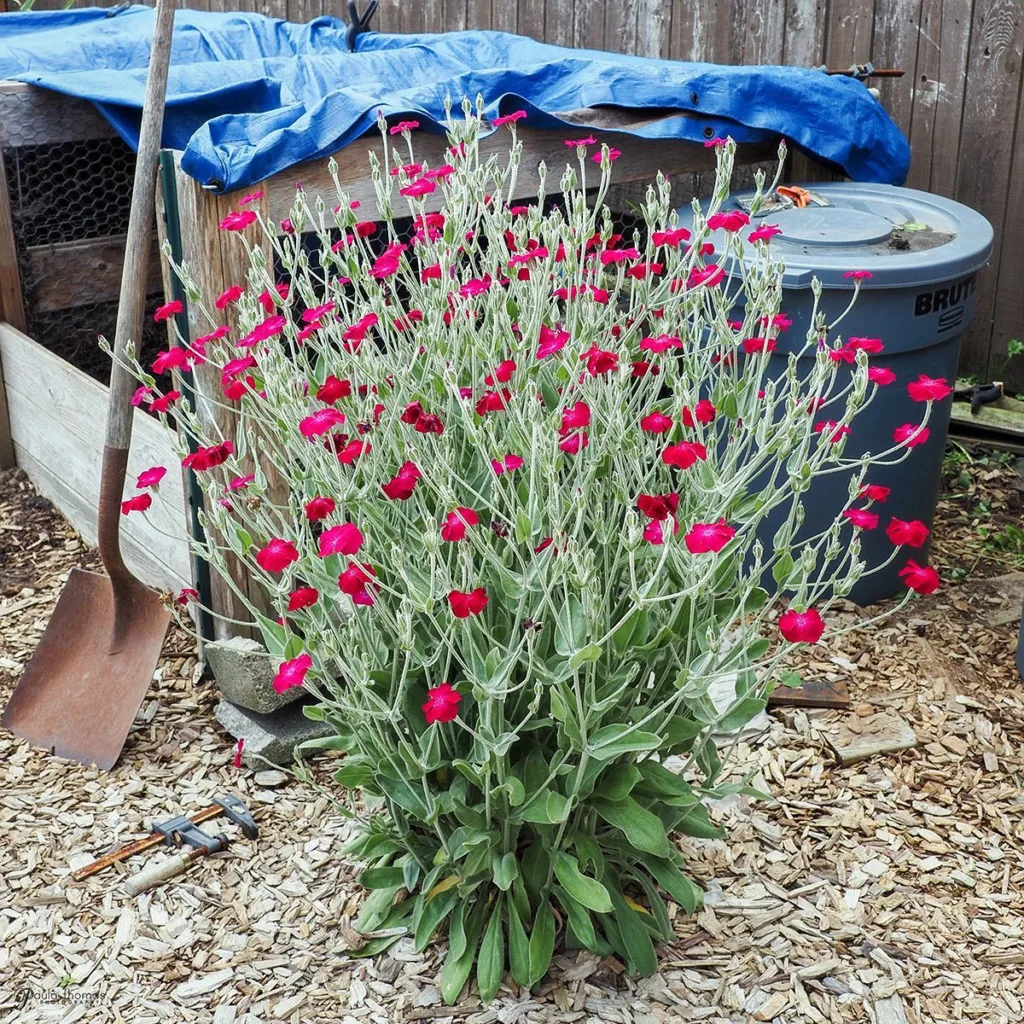Scindapsus Officinalis: Unveiling the Allure of the Silver Satin Pothos
Greetings, plant enthusiasts! I’m Ferb Vu, and today, we delve into the captivating world of Scindapsus Officinalis, also known as the Silver Satin Pothos. This Southeast Asian gem has stolen hearts with its exquisite foliage and easygoing nature.
But before we unveil its secrets, let’s address some burning questions.
36 Species in Genus Scindapsus
Is Scindapsus Officinalis a Rare Find?
Indeed, Scindapsus Officinalis holds a certain mystique compared to its more common cousin, the Epipremnum Aureum (Golden Pothos). While both belong to the Araceae family, Scindapsus Officinalis boasts a rarer presence in houseplant collections.
This exclusivity might stem from its propagation methods. Unlike the readily available cuttings of the Golden Pothos, Scindapsus Officinalis often propagates through nodes, making it slightly less common.
How to care for Scindapsus Officinalis?
Light Up Its Life: Illuminating Scindapsus Officinalis’ Light Needs
Imagine a lush rainforest understory. That’s Scindapsus Officinalis’ happy place. It thrives in bright, indirect light. Direct sunlight can scorch its delicate leaves, so keep it away from harsh south-facing windows.
East or north-facing windows provide the perfect gentle illumination. If natural light is scarce, consider supplementing with grow lights to mimic its native environment.
Water Wisdom: Keeping Your Scindapsus Officinalis Hydrated
Scindapsus Officinalis prefers a consistent moisture level, but not soggy soil. Here’s the trick: stick your finger into the potting mix. If the top inch feels dry, it’s watering time. Drench the soil thoroughly until water trickles out the drainage holes. Discard excess water to prevent root rot.
Remember, underwatering is better than overwatering. A thirsty Scindapsus Officinalis will exhibit drooping leaves, but it will recover with a good drink. However, overwatering leads to mushy leaves and potential root rot, which can be fatal.
Finding the Perfect Potting Mix: A Scindapsus Officinalis Sanctuary
Scindapsus Officinalis appreciates a well-draining potting mix that retains some moisture. A common recipe includes a blend of potting soil, perlite, and orchid bark. This combination allows for good aeration and prevents waterlogging.
Here’s a pro tip: add a handful of worm castings to your mix for a slow-release nutrient boost.
Training Your Climber: Encouraging Scindapsus Officinalis’ Growth Habit
Scindapsus Officinalis is a natural climber. In its wild habitat, it scales trees and other structures. Indoors, you can provide support for its aerial roots using a moss pole, trellis, or hanging basket. This allows it to climb and showcase its cascading beauty.
Alternatively, you can let it trail gracefully over a shelf or table. Pinching off leggy growth encourages bushier foliage.
Comparison Corner: Scindapsus Officinalis vs. Epipremnum Aureum (Golden Pothos)
While Scindapsus Officinalis and the Golden Pothos share some similarities, there are key distinctions. Here’s a quick breakdown:
- Leaf Shape: Scindapsus Officinalis boasts ovate leaves with pointed tips, while the Golden Pothos has heart-shaped leaves.
- Variegation: Scindapsus Officinalis features stunning silver variegation on its green leaves, while the Golden Pothos comes in various variegations, including neon green and gold.
- Rarity: Scindapsus Officinalis is less common than the Golden Pothos.
- Light Needs: Both prefer bright, indirect light, but Scindapsus Officinalis might tolerate lower light conditions slightly better.
Ultimately, the choice depends on your preference. If you seek a unique climber with captivating silver foliage, Scindapsus Officinalis is a treasure.
How to propagate Scindapsus Officinalis?
Sharing the beauty of Scindapsus Officinalis is easy. Here’s how to propagate:
- Node Propagation: Look for a stem section with at least one node (a bump where a leaf or aerial root emerges). Cut below the node at a 45-degree angle. Plant the node in a moist, well-draining potting mix, keeping the soil slightly damp. Provide warmth and indirect light. Roots should develop in a few weeks.
- Water Propagation: Alternatively, place a node with a leaf in a jar of water, ensuring the node stays submerged. Change the water regularly to prevent bacteria growth. Once roots appear, plant it in a pot.
Conclusion: Embrace the Allure of Scindapsus Officinalis
With its captivating silver variegation, easygoing nature, and climbing prowess, Scindapsus Officinalis is a remarkable addition to any plant collection. Whether you’re a seasoned plant parent or a curious beginner, this versatile beauty thrives with minimal fuss. So, embark on your Scindapsus Officinalis adventure, and witness its foliage unfurl, bringing a touch of elegance and rainforest charm to your indoor haven.
If i die, water my plants!



